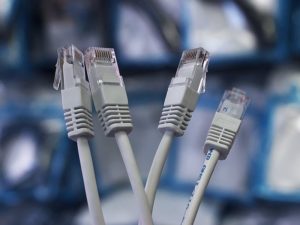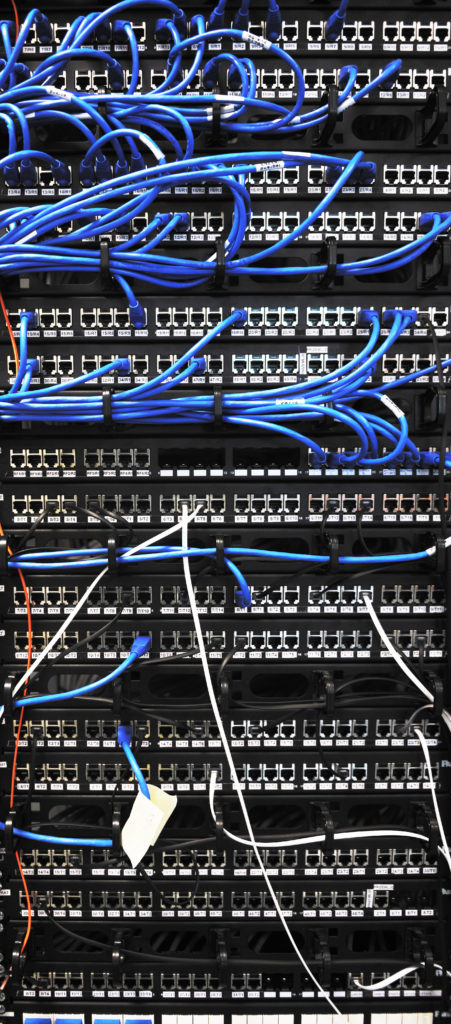Category 5E cable, also known as Cat 5E cable, is a 4-pair Ethernet cable that is used for connecting network devices to your network. Cat 5E network cable was first introduced about 15 years ago. Cat 5E is an improvement on its predecessor, Cat 5 cable. The latter was the first-generation Ethernet cable, which came after the IBM Type 1 cable. Category 5 cabling has become obsolete due to its limitations on speed and crosstalk over long distances. It has largely been replaced by Cat 5E and other types of cabling.
Second Generation
As the second generation of Ethernet cable, Category 5E cables offers many significant improvements over Category 5 cables. These improvements include up to 10 times faster speeds and a significantly greater ability to traverse longer cable distances without being impacted by crosstalk. Both of these improvements bear discussion.
Category 5e Cable Speed
Cable speed refers to how quickly data can transmit across the cables. If your devices can send data at higher speeds than your cables can transmit, then your cable has become a bottleneck and should be replaced. Cat 5 cables have a maximum data transmit speed of 100Mbps (100 megabits per second). Cat 5e cable’s max speed bumps that up to 1000Mbps, or one gigabit per second.
Crosstalk
Crosstalk is when signal degradation occurs because too many cables are bundled together. Each cable emits electromagnetic signals, and if the total level gets too high it can cause packet loss. Essentially, data gets lost in transit.Both Cat5 and Cat5E cables utilize the same end piece, which means they plug into the same ports. The differences between each of these cables are in their capabilities, as well as the methods and materials used to create them. The shared end piece is known as an RJ-45 connector, and it is capable of plugging into Ethernet jacks on computers, routers, or any other devices with an Ethernet port.
Things to Consider
If you’re installing an Ethernet network, you’ll need to decide which type of cable to use for the permanent connections between your network and far-end equipment, such as a PCs, VoIP telephones, WAPs, network printers, and so on.
If you are having network speed issues and are pushing the limit on your old Cat 5 wiring, consider upgrading your cabling infrastructure to Cat 5E (or even Cat 6) wiring.
Expert Guidance from Structured Cabling Contractors
In either case, you’ll benefit from expert guidance and cabling solutions from network data cabling professionals like us, Voicecom Plus. Contact us today for an evaluation of your structured cabling system needs. If your business is moving or looking to upgrade your current voice and data cabling call us at 201-512-3900 or contact us online.


